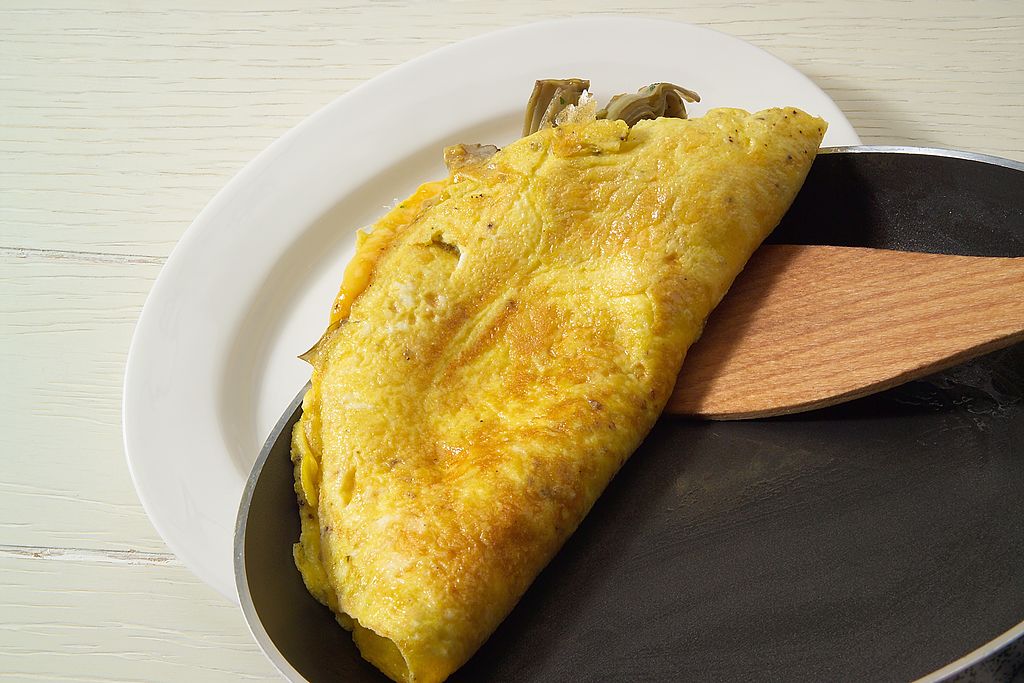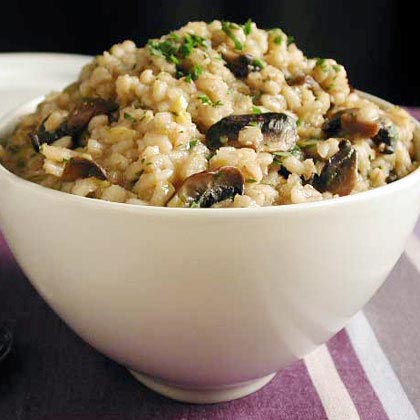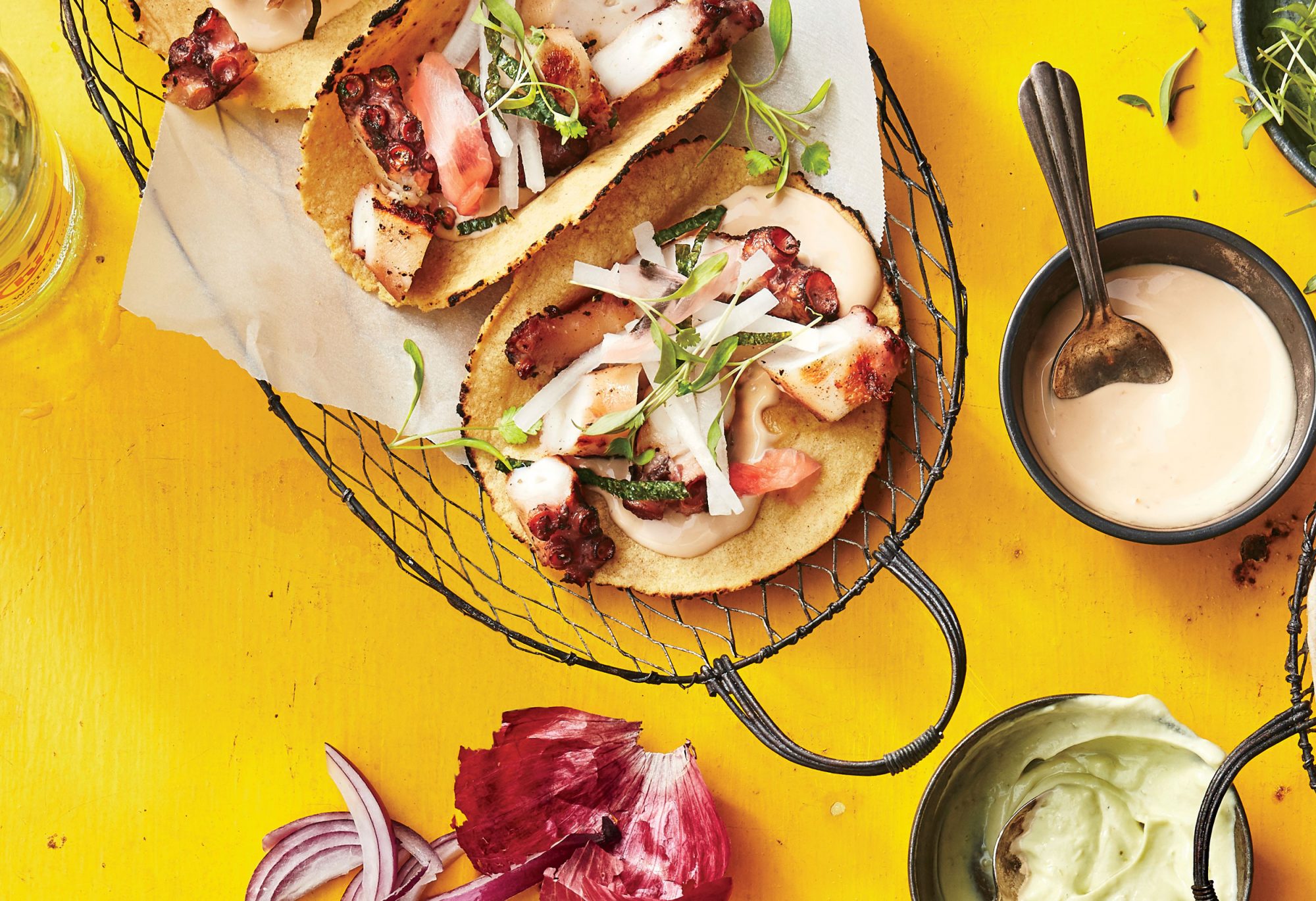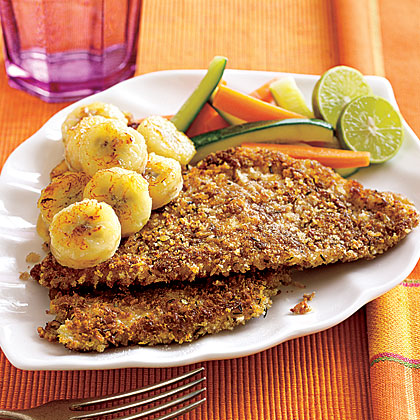This Is Why Your Omelets Keep Falling Apart
Bookmark this page

Ingredients
3 eggs, beaten
½ tablespoon unsalted butter
2 teaspoons salt or to taste
½ teaspoon freshly ground pepper (optional)
Nonstick skillet, preferably 8-inch thick
Mixing bowl
Whisk well
Chopsticks / Rubber spatula / Fork
To make
It's 7: 30 in the morning and I'm starving. For some reason, I've been dreaming all night about the perfect omelette: three eggs, soft scrambled eggs in the middle, and no tears. With the ever-looming commute, time is not on my side. I quickly whisk and season the eggs, pouring them into a greased nonstick skillet. When I break up the rapidly forming curd and start rolling it out, disaster strikes: liquid gold flows out onto the rest of the mold. My perfect omelette is gone. I settle for a pitted scramble and am left wondering why my omelets keep falling apart. French omelets are notoriously simple, but they can still be a hassle for hobbyists and professional chefs alike. In many fine dining kitchens, chefs often invite new chefs to make them an omelette, because it shows great skill in just one task. The chef can determine how organized and efficient you are, whether you know how to handle a skillet on the stove, and whether you can properly fill dishes in a matter of minutes.Perfectly rolled omelets are very fickle. At best, they should be colorless, without cracks, with a soft, omelet-like texture, with small moist curd cakes inside and have the shape of a cigar / almond. There are a number of factors that make these omelets simply fall apart before they even get close to a warm plate of bacon.To understand how to make a super smooth omelet and why it falls apart, we'll turn to science! Open the nearest copy of Harold McGee's book on food and cooking and put on your protein-curdling and egg-making caps. Before we start making the perfect omelet, we need to understand what an egg is made of and how these components react to each other and to heat.Eggs are mostly made up of protein, lipids, and water. Generally speaking, proteins are responsible for the structure of food, so they are our golden ticket to an omelet that doesn't crumble. You want the proteins to stay close together, and there are two techniques that will ensure this. First, don't add milk or cream to the omelets, as they will just dilute the proteins that give them structure. Second: Quickly beat the eggs in a frying pan to make a smaller egg-curd mass. This creates closer protein interactions and forms a more cohesive system than if you allowed the formation of curd mass.When it comes to rolling out an omelet, there are some important visual cues to ensure that the omelet doesn't boil. When you break up the curdled curd (I prefer to use chopsticks, but a rubber spatula or fork is also suitable), if there is still liquid egg left in the pan, continue stirring. However, the eggs should be slightly viscous. If the eggs curdle completely, your omelet will break when rolled out. In both cases, the omelet will break, so we look for that sweet spot in the middle where the eggs are creamy and crumbly, but only enough so that they can slowly slide over the pan, forming a thin layer.Now that you have a tender scrambled egg, tilt the pan and gently flip the egg to the other side. Just flip it onto a plate, quickly launch Snapchat and enjoy!Omelet without tears Total cooking time: 5 minutes
Break the eggs into a bowl and beat until smooth. Season with salt and pepper (optional).Preheat a nonstick skillet over medium-high heat. Add the butter and cook until frothy. Do not allow the oil to get browned.Add the eggs and stir vigorously in the pan with your chopsticks, shaking the pan. Do this for a minute or two, until the eggs are creamy and no longer runny.Note that the small curd cakes are still tender and moist, but not watery.
Break the eggs into a bowl and beat until smooth. Season with salt and pepper (optional).Preheat a nonstick skillet over medium-high heat. Add the butter and cook until frothy. Do not allow the oil to get browned.Add the eggs and stir vigorously in the pan with your chopsticks, shaking the pan. Do this for a minute or two, until the eggs are creamy and no longer runny.Note that the small curd cakes are still tender and moist, but not watery.
Views: 181
Author:Admin
Published: 11/20/2023 8:03 PM
Was this recipe helpful to you?
Yes
No






Comments (0)